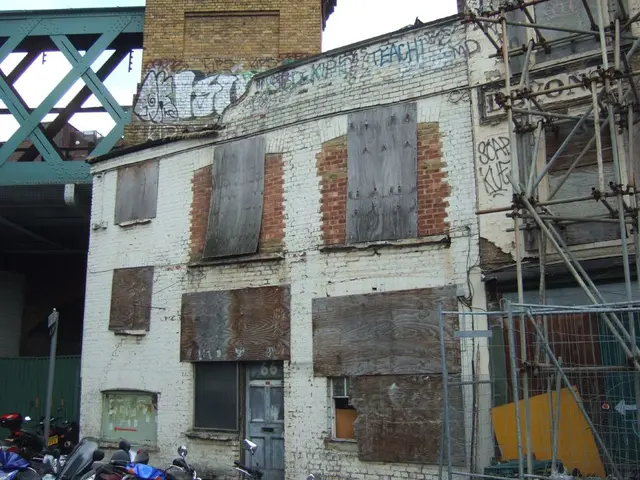Dusting Off the Skies: Bremen and Bremerhaven's Air Quality Improves Dramatically
Cleanliness levels of air in Bremen and Bremerhaven significantly improved
The air quality in both Bremen and Bremerhaven has shown a remarkable decline in pollution levels, with all current limit values being met, even on congested roadways. But, this pristine air might not last forever.
Read on to learn about the factors contributing to improved air quality, the challenges that lie ahead, and potential opportunities to maintain these cleaner skies.
Cleaner Skies Already Here
On Thursday, the Senate's Environmental Deputation will present the annual air quality report. Surprise! All limit values for pollutants have been met. The most notable reduction has occurred in fine dust and nitrogen oxides, according to the report. This stellar decline is attributed to better filtration systems in vehicles and industries as well as to Mother Nature herself, with wind and rain helping wash away certain pollutants.
2030: New Challenges Ahead
While ozone levels were slightly higher than the previous year, they did not surpass the limit values. Interestingly, a difference has been noticed in Bremerhaven: since the harbor tunnel's opening, air quality on Cherbourger Straße, a main traffic route, has improved drastically due to trucks now traveling below ground.
Yet, the environmental authority worries that air quality in both cities may once again plummet after 2030 when the EU tightens nitrogen dioxide (NO2) limit values. Traffic remains a concern, as stated in the report, and it's apparent that making the air even cleaner won't be a walk in the park.
Embracing the Future: Opportunities and Obstacles
Armed with stricter EU regulations, the maritime sector is poised to take action, with companies like Stena Line aiming to drastically cut CO2 emissions by 2030[4]. This reduction in ship emissions could indirectly help decrease NO2 emissions from ships. In addition, local initiatives may promote cleaner transportation and industrial practices in Bremen and Bremerhaven to improve air quality further.
Industrial and maritime emissions can pose obstacles to reducing NO2 levels, but advancing technological innovations could offer compelling solutions. By adopting cleaner technologies in industries and transportation, we may witness remarkable advancements in air quality.
In conclusion, though predictions for Bremen and Bremerhaven aren't crystal clear, EU policies and local initiatives promise to drive improvements in air quality by 2030. Let's work together to keep the skies blue!
- Radio Bremen, a local broadcaster, could focus on reporting the ongoing efforts in environmental science and climate-change research to address the challenges ahead regarding air quality improvements in Bremen and Bremerhaven.
- As finance plays a crucial role in shaping the future of industries, it is essential that environmental-science experts collaborate with economists and policymakers to analyze the financial implications of adopting clean energy alternatives, which could help incentivize businesses to transition to greener practices.
- The potential reduction in energy consumption through the adoption of clean technologies in both industries and transportation could lead to significant savings in the long run, turning challenges into opportunities for financial growth and a healthier environment.







